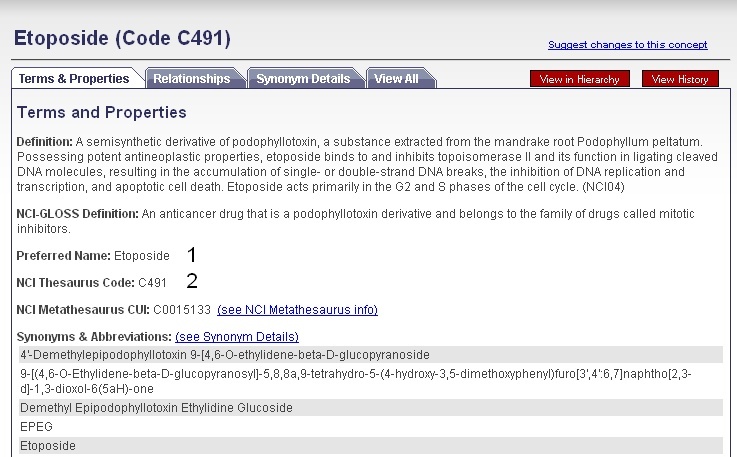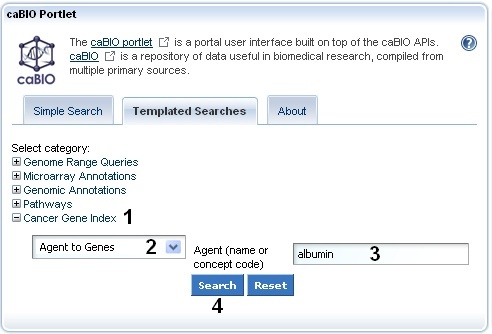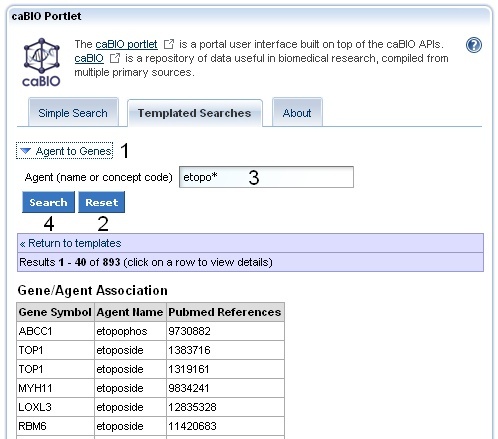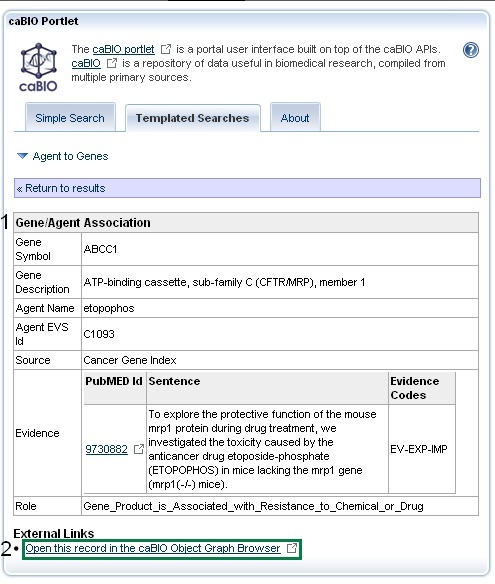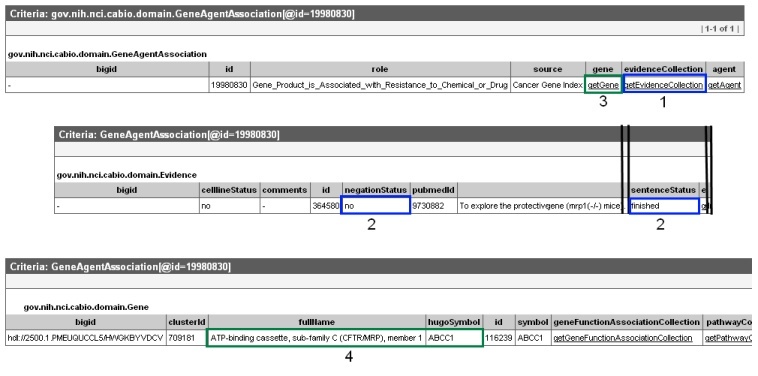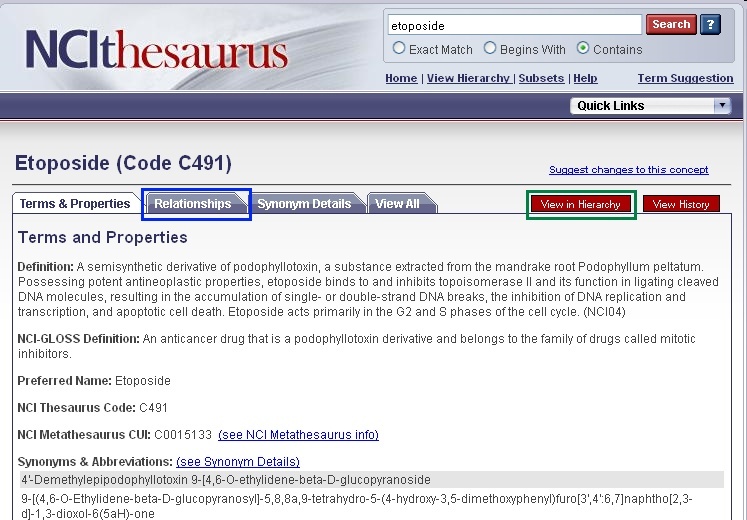 |
Page History
| Scrollbar | ||
|---|---|---|
|
| Section | |||||||||||||||||||||||||||||||||||||||||||||||||||||||||||||||||||||||||||||||
|---|---|---|---|---|---|---|---|---|---|---|---|---|---|---|---|---|---|---|---|---|---|---|---|---|---|---|---|---|---|---|---|---|---|---|---|---|---|---|---|---|---|---|---|---|---|---|---|---|---|---|---|---|---|---|---|---|---|---|---|---|---|---|---|---|---|---|---|---|---|---|---|---|---|---|---|---|---|---|---|
If after trying these tips and using various keywords you still cannot find the term for which you were looking, click on the Once you find your desired NCI Thesaurus term in the list of retrieved results, click on its name in order to navigate to its concept page. For searching caBIO, you may use the NCI Thesaurus Preferred Name (1) , or the NCI Thesaurus Code (2), or even one of the term's synonyms and abbreviations. The Preferred Name and NCI Thesaurus code are present both at the top of the concept page and within the Terms and Properties section of the web page.. Using Templated Search Tool to Retrieve Gene-Compound Concept PairsTo search for Cancer Gene Index gene-compound data on the Templated Search page, click on the The
If no genes are associated with your compound term, you will receive a "No results found" message.
If you have used the NCI Thesaurus to find a specific term or code and there is no typographical error in your query, the Cancer Gene Index does not contain genes associated with that compound term.
Validating Your Retrieved Gene-Agent ResultsA fully-featured search tool would allow you to limit your searches to results that have been validated caBIO houses all Cancer Gene Index gene-disease association annotations, including information on whether the association was found to be negative by the Cancer Gene Index project's human curators as being true gene-compound associations or that do not come or originated from cell lines . Currently, however, the Templated Search does not allow such limits to be setor non-human organisms. Queries cannot be limited by these or other annotations (for example, gene status flags, or curator comments). Thus, you must access to caBIO Object Graph Browser to manually check the validity of negation status of and find other annotations for each of the retrieved recordsrecord. To perform these checks, click on any gene-compound result row in order to view its Gene-Disease Association information. Gene-Agent Assocation data includes include the Gene Term, Gene Symbol, Agent Term, Agent Symbol, Sentence PubMed Identifier, Sentence Evidence, Evidence Code, and Role Code or Detail (1). Additional information on these items may be found in the Data, Metadata, and Annotations section. Next, click on the This will open up a the Gene-Agent Assocation object in a new window or tab in your web browser. Click on the
Once you have finished reviewing the gene-compound association in the caBIO Object Graph Browser, return to the caBIO Portlet web browser tab or window, and click the To search for genes associated with these additional compound concepts, return to your Templated Search results page if needed and click . Click the Agent OntologiesAlthough the NCI Thesaurus contains information about compound agent ontologies, the caBIO Templated Search does not currently allow you to leverage implement this hierarchical compound information. In the future, this feature may be implemented in this tool, but for now, Thus, you must searching search the NCI Thesaurus for these ontological compound parent, sister, and child agent concept terms and perform a Templated search for each parent or child concept. Info | title | Agent Ontologies and the Cancer Gene IndexThe Cancer Gene Index includes the NCI Thesaurus term "Pharmacologic Substance," its child concepts, and all of their NCI Thesaurus synonyms. To view compound ontologies, open a new browser tab or window and navigate to the NCI Thesaurus web page, enter in your compound term or NCI Thesaurus concept code (2, "etopo"), and click the Search button (3). If required, select your exact search term from the list to view the NCI Term page. You may view parent and child terms for any disease term by clicking on the Relationships tab (blue box). For example, "Epipodophyllotoxin Compound" has the children "2-Ethylhydrazide," "Etoposide Phosphate," "Etoposide," "GL331," "Podophyllin," and "Teniposide" and the parent terms "Antineoplastic Plant Product ," "ovarian adenocarcinoma," and "Topoisomerase-II Inhibitor ." Alternatively, if you would like to view parent, sister, and child concepts and find where your term fits in the entire agent hierarchy, click the red View in Hierarchy button (green box). |

